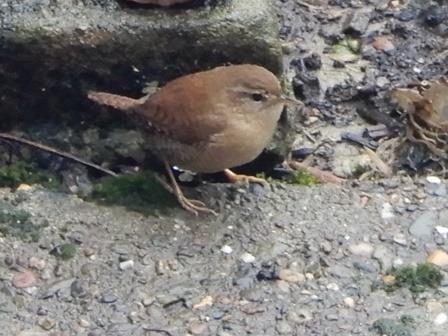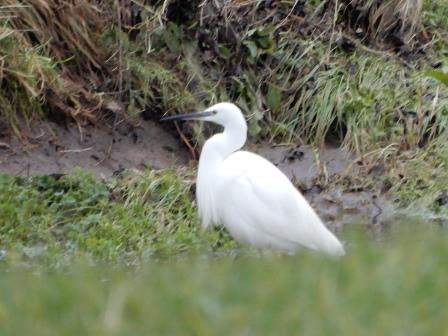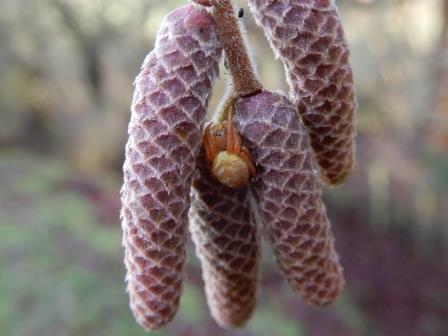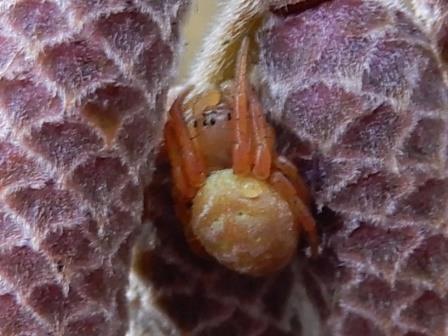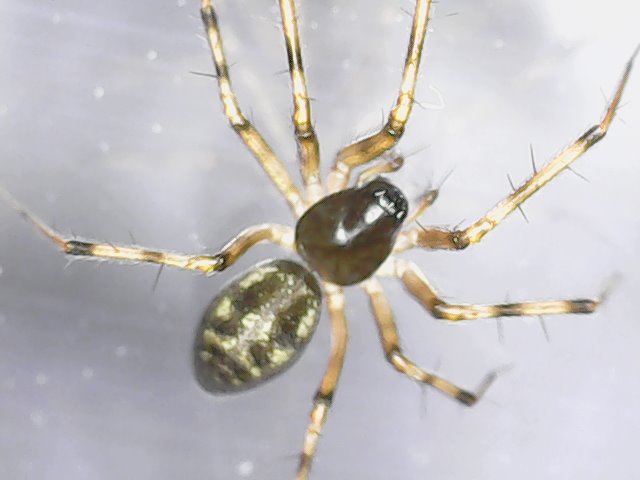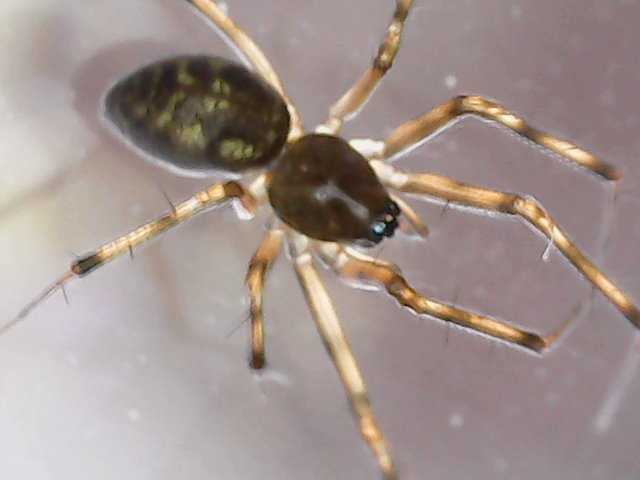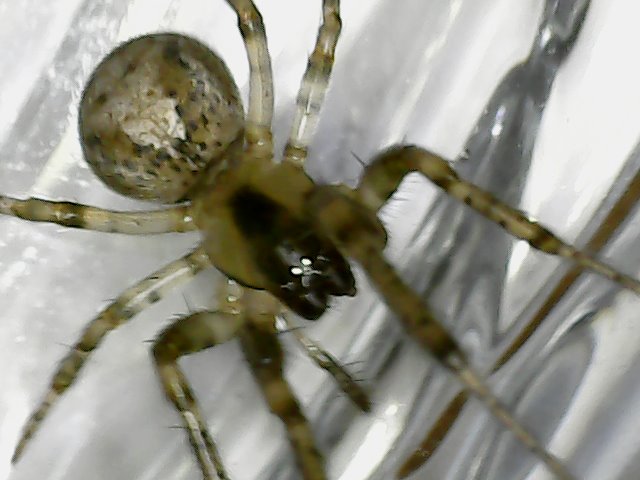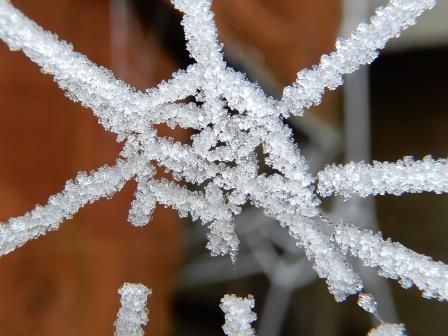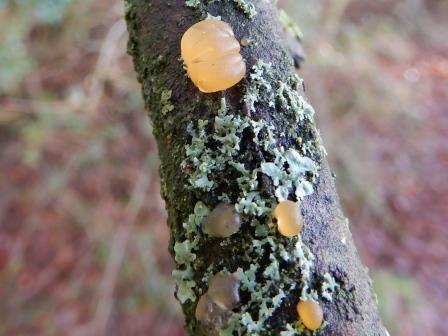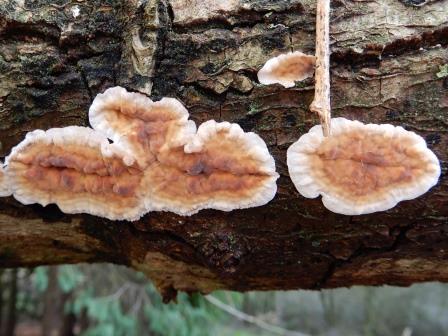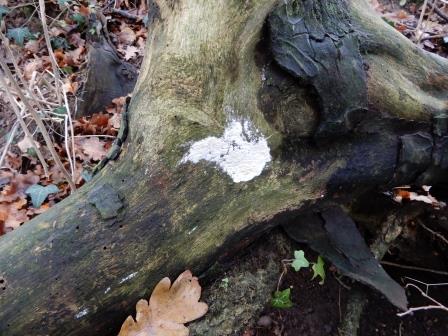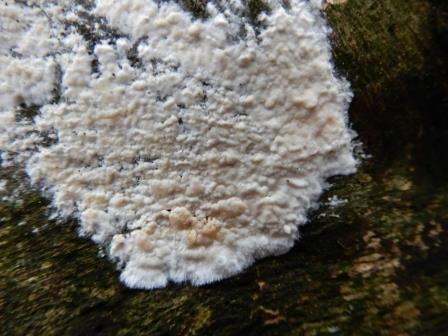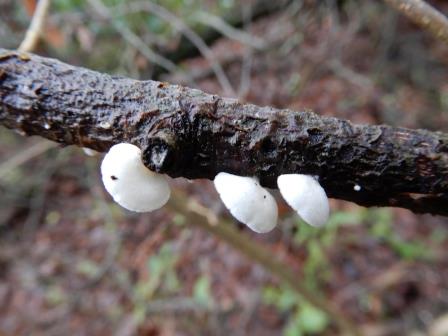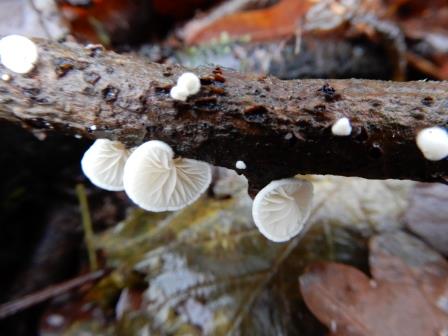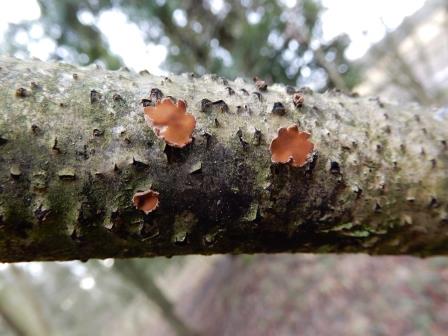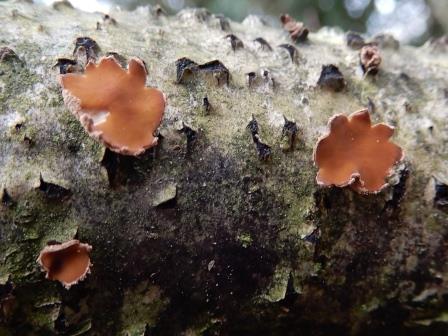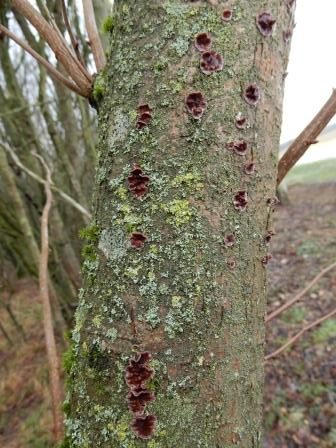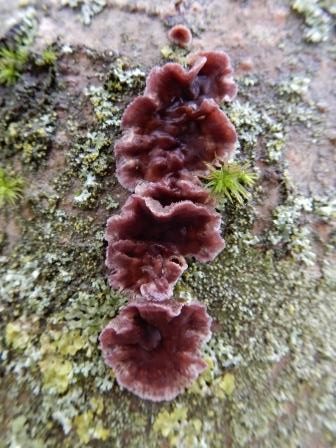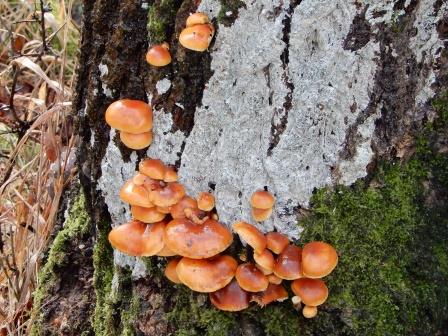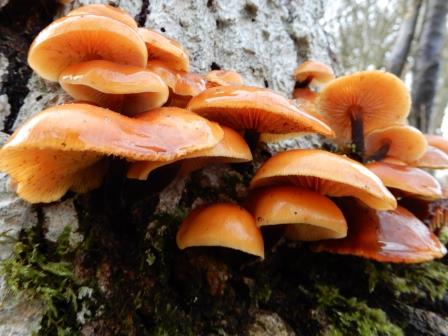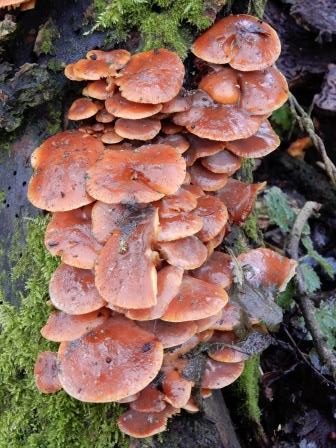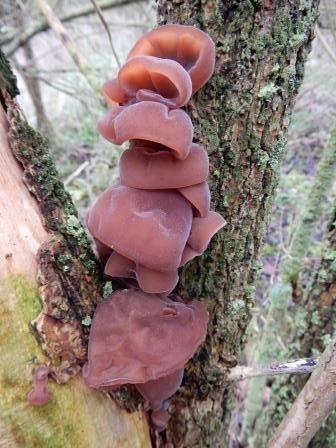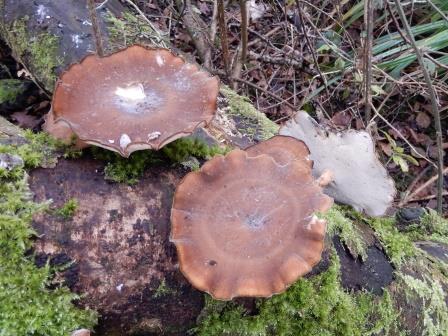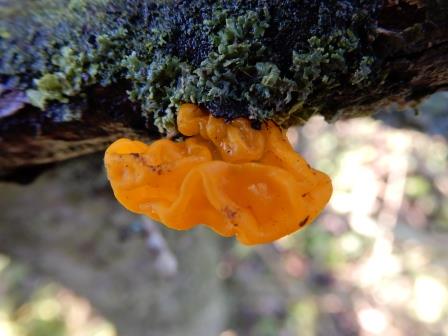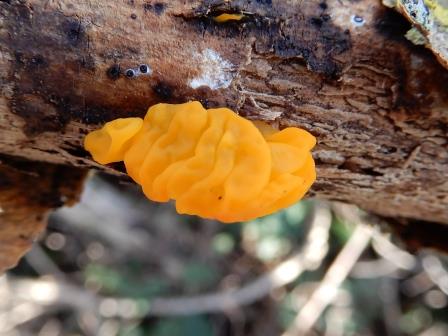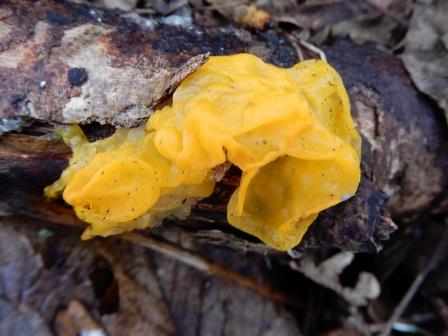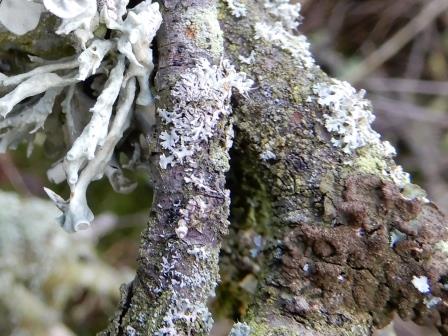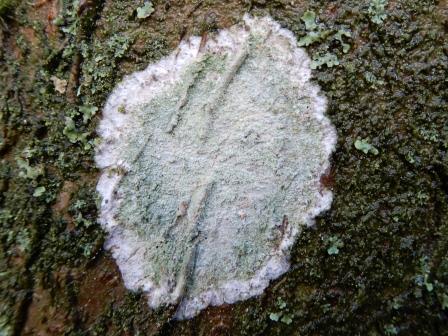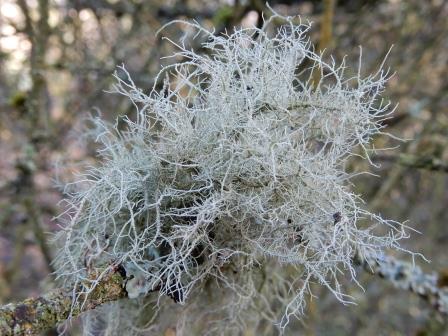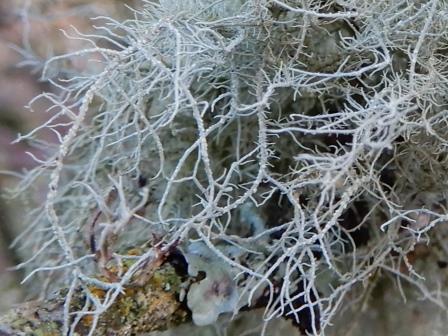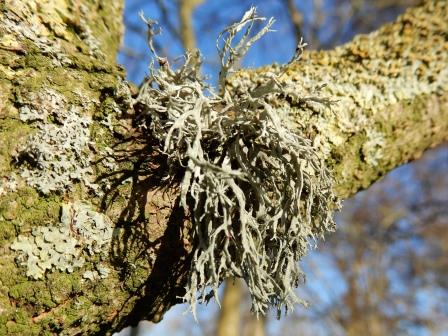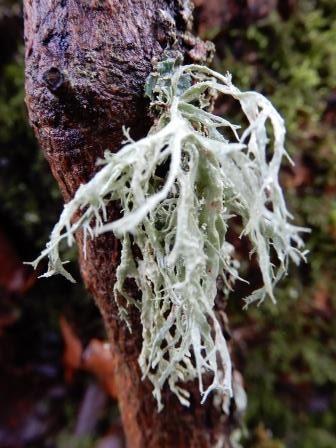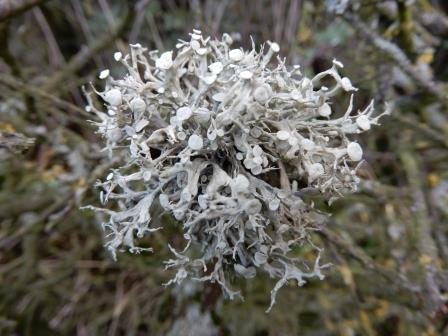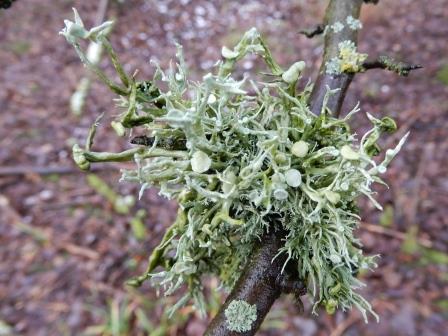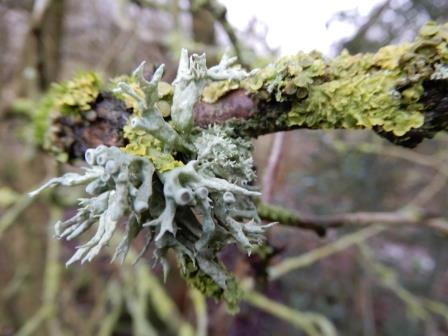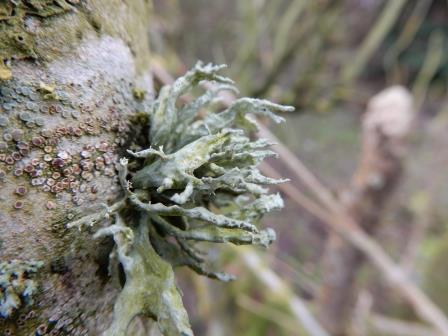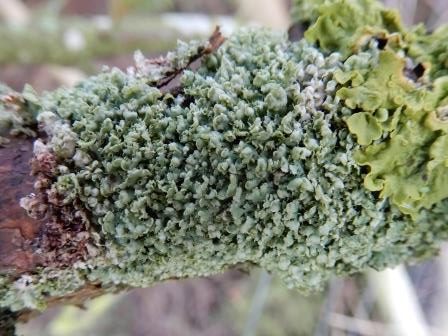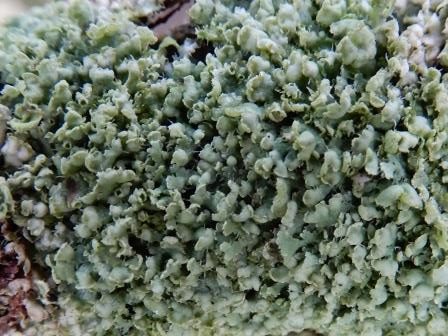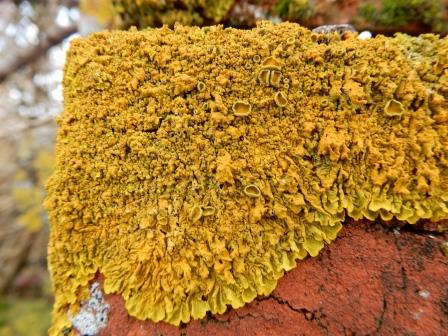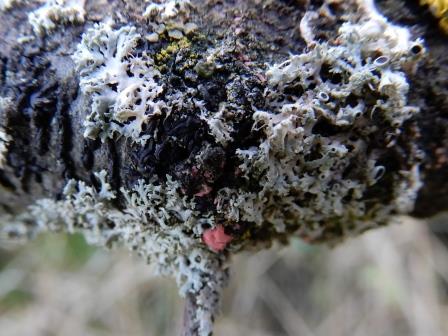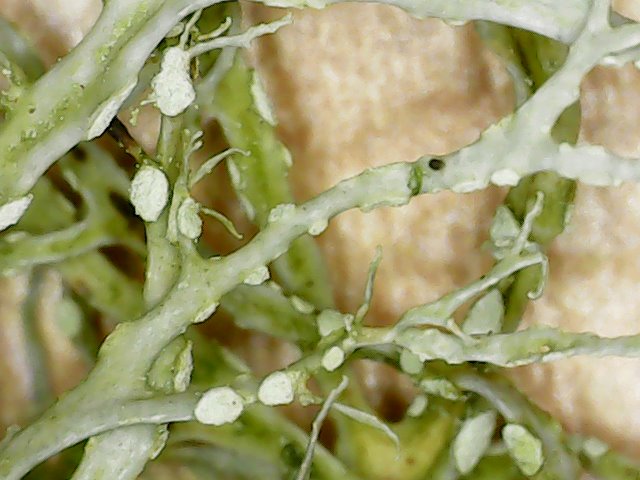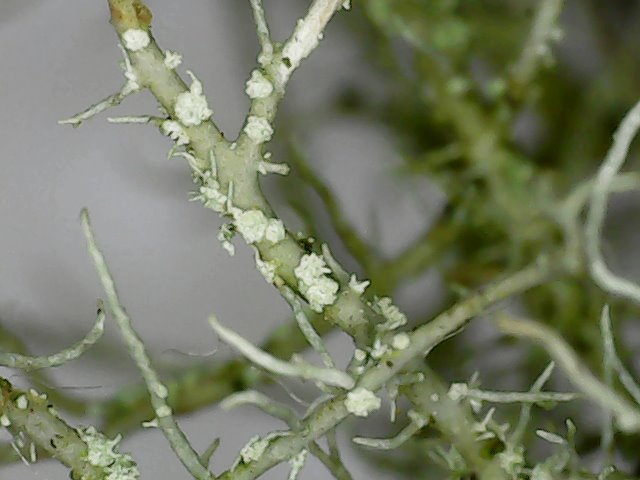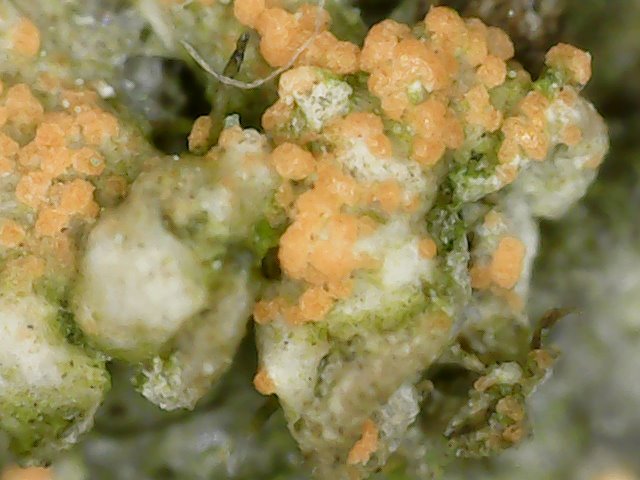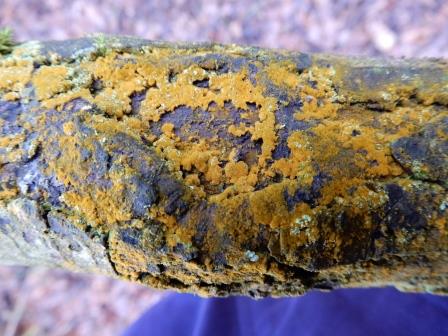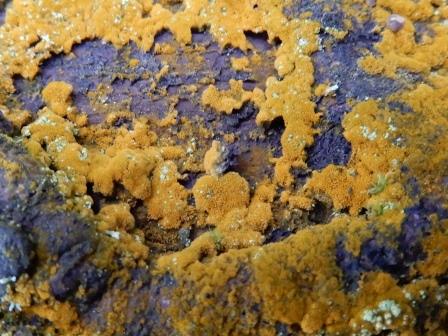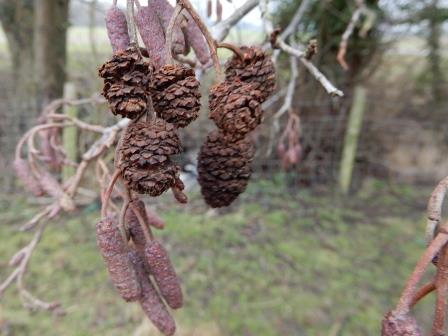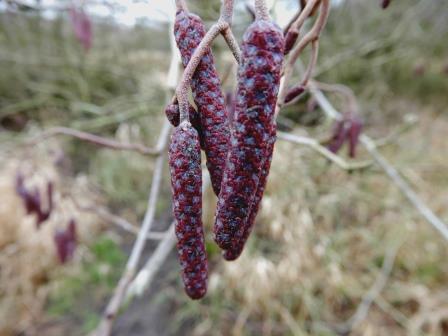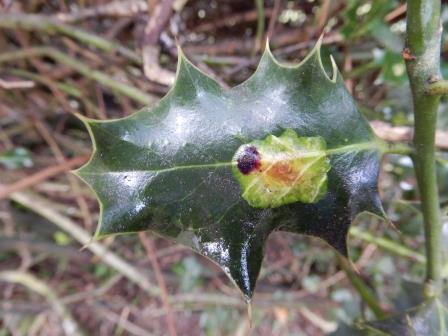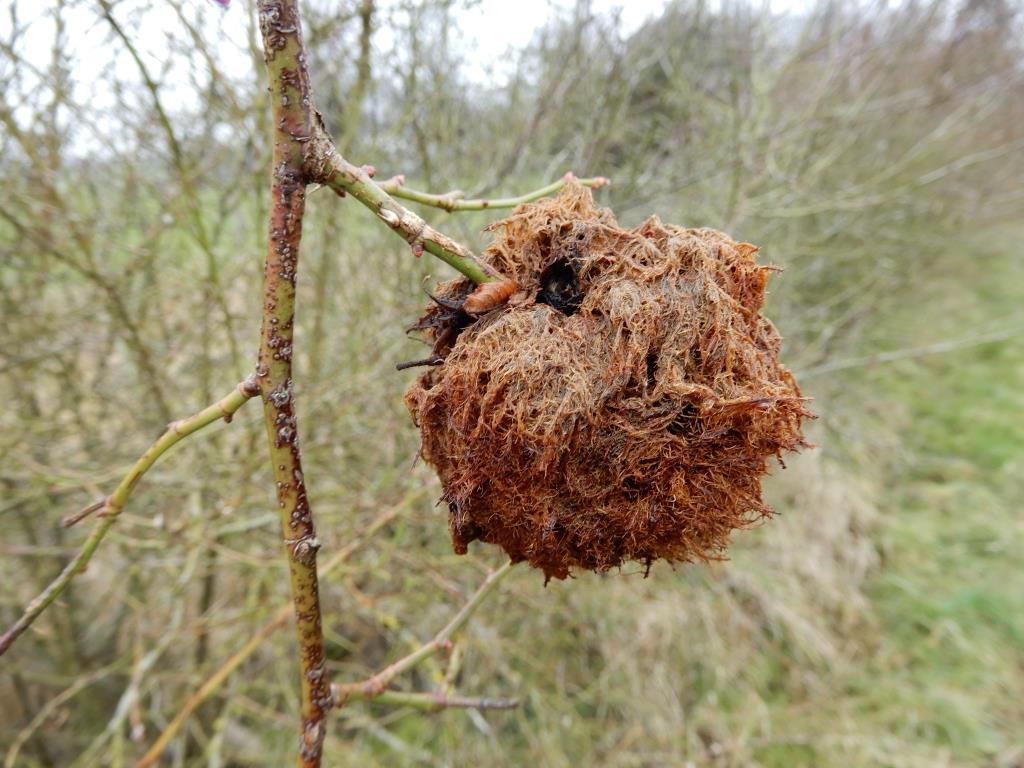Please refer to the Introduction Page to understand the context behind the monthly photographs.
Spiders
Araniella displicata 3mm-4mm in body length is native to the UK and found along woodland edges. It has not been recorded before in VC38 Warwickshire. The spider spins a small web between leaves to catch flying insects using their colour as camouflage.
Spiders close-up
(The finer detail of Spiders using a very basic digital microscope.)
Taken with a digital microscope the actual size of the Money Spider shown below is only 3mm-4mm in body length. Money spiders (Linyphiidae) make up about a third of all the spiders found in the UK.
These are the spiders which often land on your clothes in summer (said to bring fortune and good luck) because they travel through the air on strands of silk, picked up by the wind.
The Money Spider on the above left hand side is 8mm-10mm in body length. The frozen Orb Web on the right hand side was taken after a below zero cold overnight.
Fungi
Yellow (Yellow/Orange) brain fungus grows on the dead branches of broad leaf trees. Classed as a parasite it actually grows on the crust fungus Peniophora and not directly on the tree itself.
Lichen
Lichen are only recorded at each new OS Grid location (hover for Grid Ref). They are then entered on the British Lichen Society spreadsheet and submitted for their Warwickshire VC38 Lichen database and Lichen mapping.
Non-Churchyard lichens
Lichen close-up
(The finer detail of Lichen using a very basic digital microscope.)
The left hand close-up of Ramalina farinacea shows Soredia which is the reproductive structures of this lichen. The farinose (flour like) Soredia takes the form of local oval shaped Soralia discs along the edges of the lichen branches.
The right hand close-up of Usnea subfloridana shows Soredia and tiny brittle stick growths called Isidia. These are both the reproductive structures of this lichen.
When disturbed by wind or any other contact means the Soredia and Isidia will disperse into the air to establish the lichen in a new location.
The bottom close up shows the orange parasitic Lichenicolous fungus Erythricium aurantiacum feeding on the green Physcia tenella. The white areas indicate the attack on the Physcia tenella to be complete.
Galls
The Holly leaves in some locations can have up to a third of all the leaves infested like this.
The Rose Bedeguar Gall has lost the familiar red fibre appearance (see September photographs) and is in its brownish winter stage. The gall-wasp lavrae over-winter and pupate in it with the adults emerging around May time. In a large Gall there could be up to 60 lavral chambers.
Ones that escaped the camera lens this month
a) A Jay once again - quick to take flight.
